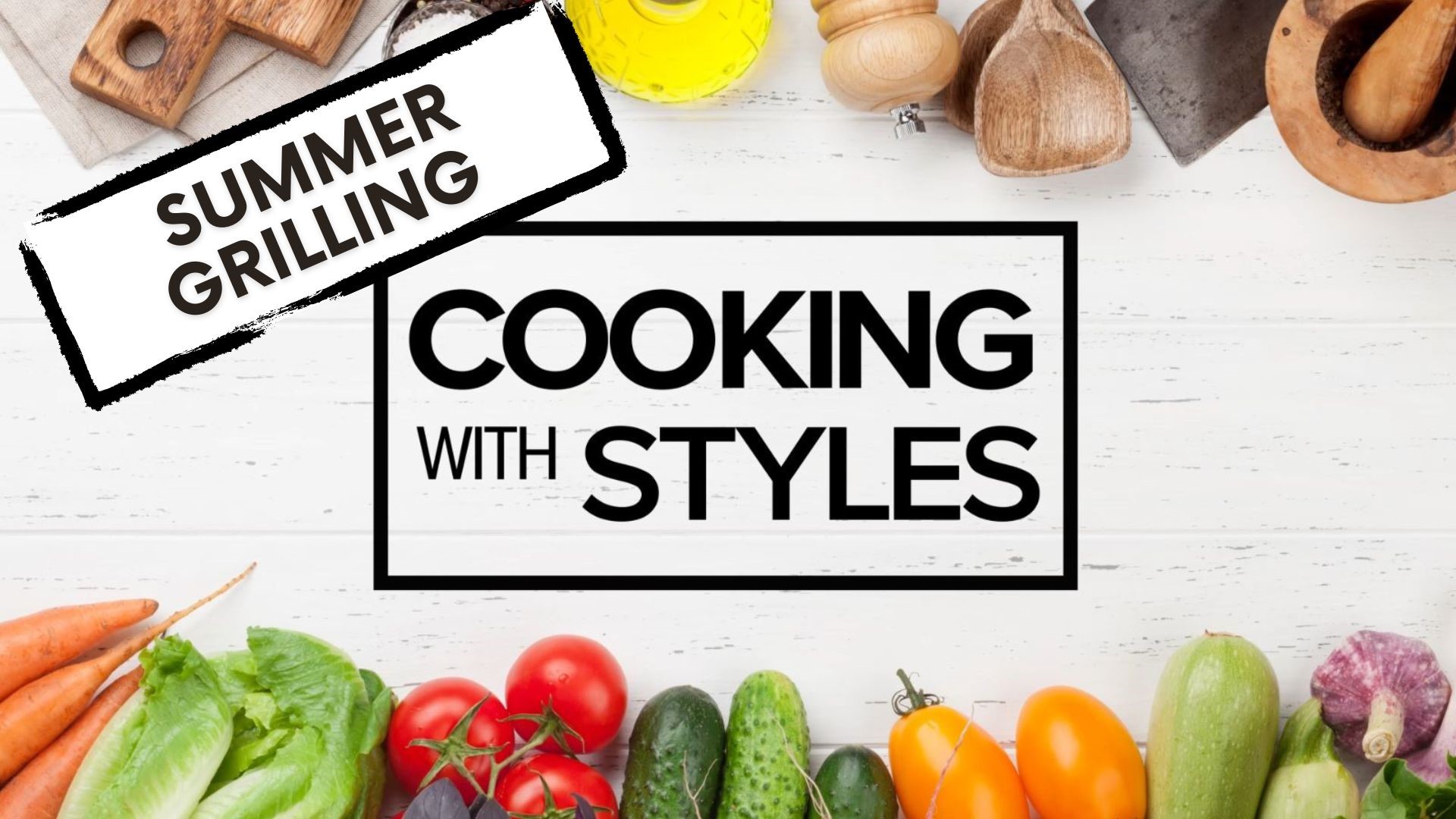![Reduced Sodium Diet[ID=6908953] ID=6908953](http://www.gannett-cdn.com/-mm-/33d97f8a03d5ea06baca0f7a30eca34c8bd87643/r=500x281/local/-/media/WZZM/GenericImages/2014/03/26/1395846482003-Reduced-Sodium-Diet.jpg)
Bryan Nader is a Sous Chef and Sheryl Lozicki is a Registered Dietitian at Mercy Health Saint Mary's and the Director of Nutrition and Wellness. Today's "On the Menu" segment teaches viewers how to season foods using NO sodium.
One way to cut back on the sodium in your diet is to limit the salt you add to foods. Mercy Health patients who are on sodium restricted diets such as those with heart disease or kidney disease, now receive a custom made spice blend that they can add to their foods to enhance the flavor without the use of salt. It's our version of Mrs. Dash, McCormick's or Chef Paul. However, we know that the majority or 77% of sodium in our diet comes from processed foods. Teaching people how to swap out their salt shaker for our spice blend and cooking from scratch can help viewers and our patients create heart healthier meals at home.
General Spice Blend
1 Tablespoon garlic powder
1 teaspoon dried basil
1 teaspoon dried marjoram
1 teaspoon dried thyme
1 teaspoon dried parsley
1 teaspoon dried savory
1teaspoon onion powder
1 teaspoon dried sage
2 teaspoons lemon pepper
½ teaspoon cayenne pepper
Combine all ingredients in an airtight container. Store up to six months in pantry. This seasoning swap tastes great on fish, pork, meatloaf, poultry and steak.
Southwest Blend
¼ cup chili powder
¼ cup onion powder
2 tablespoons ground cumin
2 tablespoons coriander
3 tablespoons dried oregano
2 tablespoons dried basil
1 tablespoon dried thyme
1 tablespoon garlic powder
Combine all ingredients in an airtight container. Store up to six months in pantry. This seasoning swap tastes great on any foods you would like to add a southwestern flare to and can easily be swapped out for taco seasoning.
Did You Know?
· Always taste your food before adding salt and add it at the very end. When it's the first thing that hits your taste buds, you can use less. ¼ teaspoon of salt contains 600 milligrams of sodium.
· Read the nutrition label paying close attention to the serving size milligrams of sodium. Aim for 500 milligrams of sodium per meal or less.
· Sodium rich foods include sauces, processed meats (bacon, sausage, ham), canned foods, soup, salty snacks and salt seasonings.
· Generally, restaurant foods are higher in sodium so limit dining out and choose wisely.
· Rinse canned foods to remove some of the sodium or buy the low sodium option.
· Herbs and spices are rich in antioxidants. Dried herbs have more antioxidants than fresh because they are concentrated due to the lack of water.
· In addition to their antioxidant benefits, herbs have other benefits. Garlic may enhance heart function by reducing blood pressure and blood clotting, cinnamon may improve blood sugar control, ginger may improve nausea, oregano may reduce bacterial growth and rosemary may reduce inflammation.
· Treat your spices like the wicked witch of the west. Keep them away from heat, light and moisture, storing them in an airtight container.
· According to McCormick, today' home contains as many as 40 different seasonings whereas in the 1950's the average home contained 10.
· The three best selling flavorings are black pepper, vanilla extract and cinnamon.
Courtesy: Bryan Nader and Sheryl Lozicki


